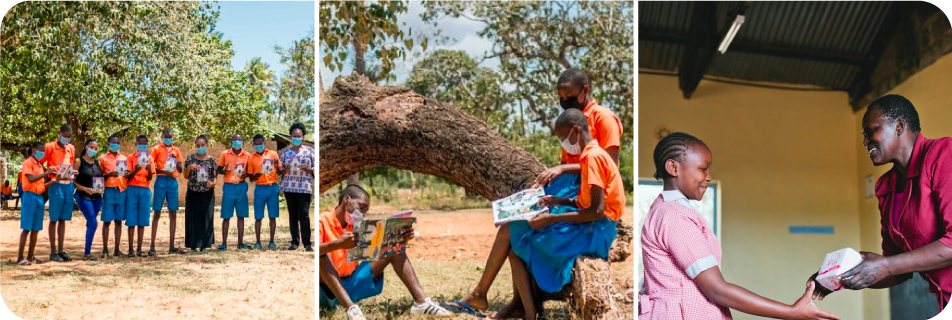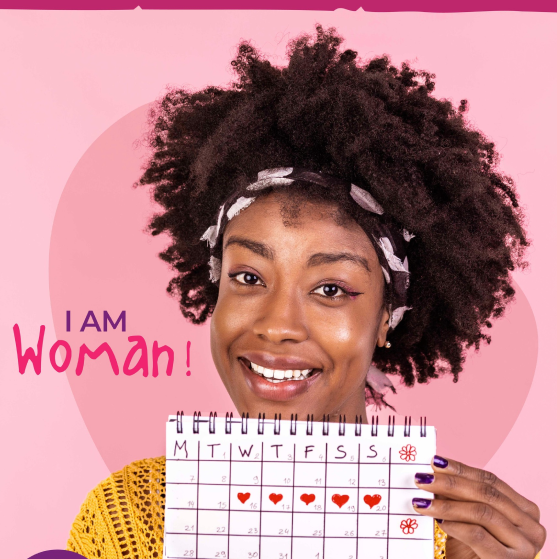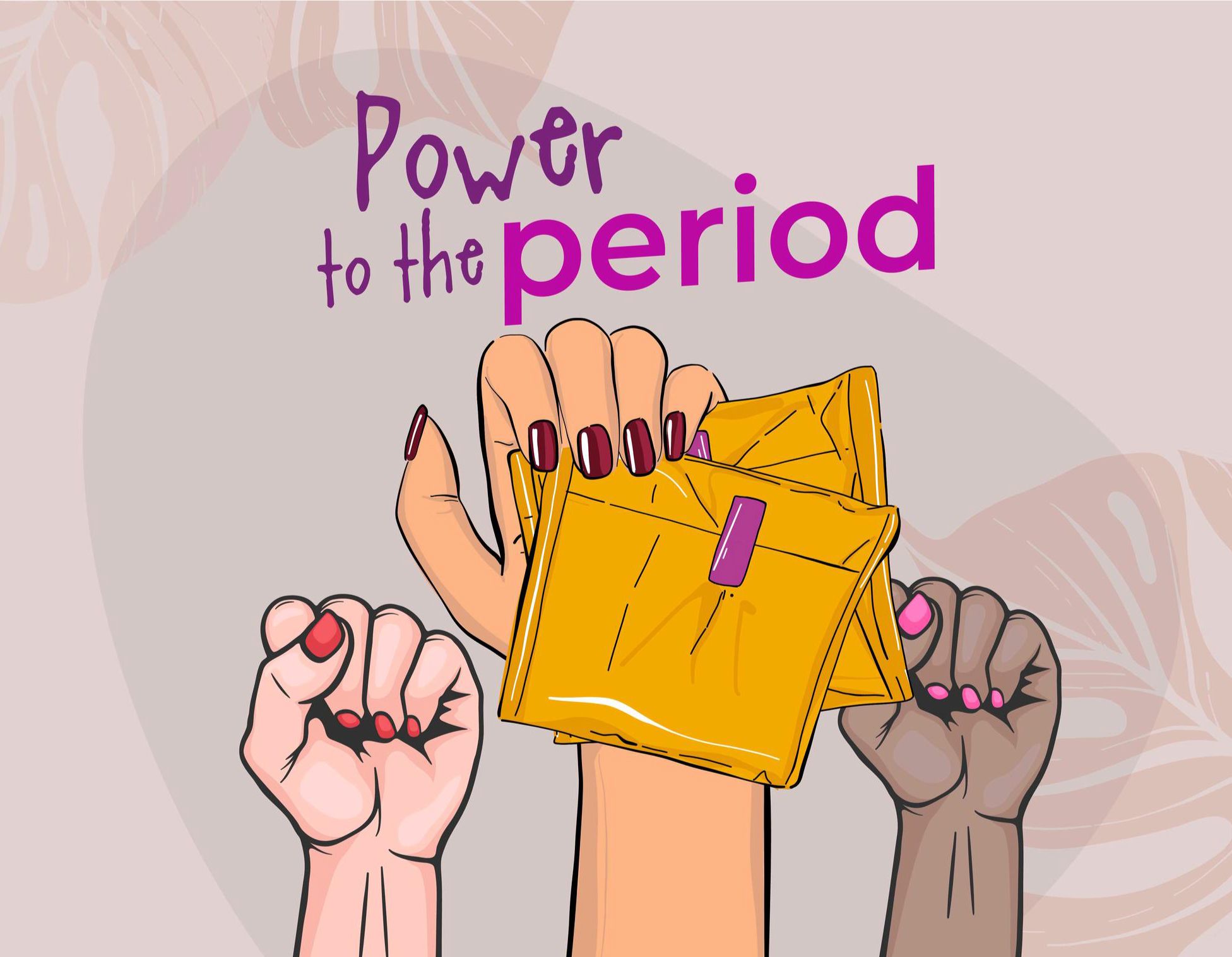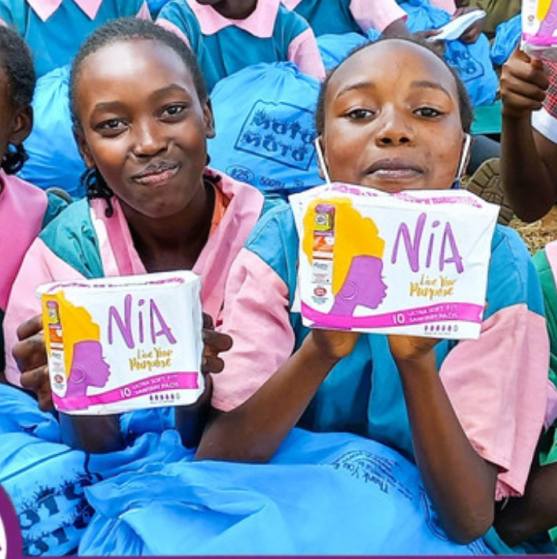Since we began in 2008, we have supported over 400,000 people to achieve their daily goals through better menstrual management and health education.
In 2014 we started selling pads, and since then we've sold 13 million pads and 10,000 reusable kits, totalling nearly 150,000,000 hours of dignified menstruation.
All of our work is co-created with adolescents, families and communities. In 2017-19 we ran a two year evaluation of the Nia Program.
- Format: Two-year, four-armed cluster-randomized control trial (RCT)
- Cohort: 3,500 girls across 140 schools
- Location: three rural sub-counties of Kilifi, Kenya
- Timeline: 2017-2019
- Funders: The Bill & Melinda Gates Foundation with support from Open Road Alliance
- Research Partner: The Population Council
- Implementing Partner: Plan International Kenya
This pioneering study proved that our combined intervention of sanitary pads and health education has significant impacts on girls’ adolescent health and wellbeing.
This includes statistically significant, positive changes in:
- Reproductive health knowledge: knowledge of pregnancy, sexually transmitted diseases, and modern contraceptives
- Pride and comfort about managing menstruation, including reduced leakage and embarrassment due to Nia pads
- Self-efficacy, self-confidence, and general resilience to address life’s challenges
- Shifts to equitable social and gender norms, including reduced acceptance of spousal violence as a norm
The Nia Program helps adolescents have more control over their bodies, their decisions, and their futures.

Through this study, several questions were answered:
01. Do sanitary pads improve education outcomes?
No. The distribution of sanitary pads did not impact school attendance, performance, or transition to secondary school, contrary to popular belief. The determinants of these outcomes are largely related to poverty and cannot be addressed through sanitary pads alone.
In Kenya, girls drop out of school at a higher rate than boys beginning at puberty, and many do not have access to reliable reproductive health education as they enter adolescence.
Access to menstrual hygiene products and sexual and reproductive health education is thought to help reduce school absence and improve health and social outcomes, however, little rigorous evidence exists to date.
02. Is the distribution of sanitary towels in school an important basic human right and a key driver of broader health and education outcomes?
Sanitary pads are a basic human right and a key driver of broader health and education outcomes. When pads and education are combined, their impact on negative social and gender norms is amplified. Girls who have a consistent supply of reliable pads are better able to manage their menstruation with confidence, helping to break menstrual stigma and taboos, which serves as a gateway for personal empowerment and broader norms change. On their own, pads and rights-based health education are necessary and impactful, but when paired together, they are transformative.
These results echo ZanaAfrica’s longstanding view that there is no silver bullet solution to girls' education, empowerment, or equality, but that pads are a critical tool when combined with broader health education.
ZanaAfrica is helping to shift the global narrative away from “pads keep girls in school,” to a more nuanced understanding of the role that pads play as an entry-point in engaging girls, boys, and communities in conversations about adolescent health, rights, and equity.
Megan Mukuria, ZanaAfrica’s Founder and visionary behind the organization’s interventions, asserts: “The challenges youth face are complex and intersectional, requiring complex solutions. You can’t just give girls sanitary pads and expect that to solve the issue of school attendance or achieving their dreams. Adolescent health programs need to provide accurate and contextualized information regarding reproductive health and rights. As someone who has seen the growth and impact of our community-driven interventions for the past 15 years, it is both thrilling and affirming to know that we now have data to support what we have known to be true. This strong evidence-base is compelling, and our engagement with the Kenyan government has generated momentum for scaling this solution widely through schools and communities.”
The Nia Project was one of the first large-scale RCTs to explore the role of sanitary pad distribution and reproductive health education on girls’ educational and reproductive health outcomes. The findings of this study provide a critical contribution to filling an evidence gap in the field of menstrual health management and empowerment, and in doing so will guide education and health policy in Kenya and in the region.
As we scale our intervention, with a goal to reach 200,000 beneficiaries across Kenya over the next two years, it is our hope that the Nia Program will serve as a replicable model for communities and governments that seek to support dolescents health and rights.




